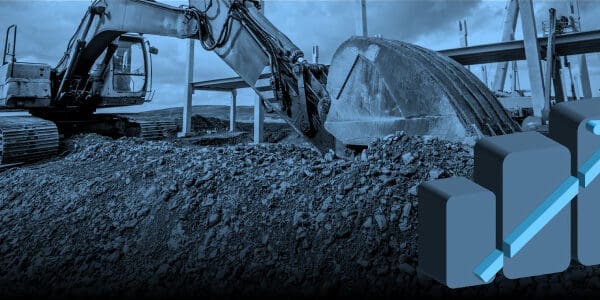
When discussing momentous industry news like astonishing revenue numbers and earth-shattering acquisitions, it’s easy to think of enterprise rental companies as singular monoliths. But in reality, every titan of the rental business is the sum of their individual branches, and an integral component of their success is how effectively their locations work together and in parallel.
Equipment transfers and profit sharing are crucial aspects of such cross-location cooperation. By transferring equipment from branch-to-branch to satisfy customer demand, rental businesses can enhance their fleet utilization while winning rental opportunities that would be otherwise be lost (thereby increasing revenue in the process). Based on the sheer earnings at stake, it’s vitally important that ERP rental solutions facilitate streamlined equipment transferal and hassle-free profit sharing.
Reducing Lost Rentals Through Equipment Transfers
Even for the most efficient rental stores on the planet, it’s simply impossible to maintain perfect equipment availability. Breakdowns take assets out of commission, and occasionally customers request equipment that was never in stock. And while such shortages commonly aren’t the fault of anyone, they still result in lost rentals nevertheless. But while flawless availability may be a pipe dream for rental branches on their own, equipment transfers enable nearby locations to share their fleet among each other. By doing so, branches are able to satisfy their customers’ equipment needs even when the requested equipment isn’t on-site. And while this practice does require anytime visibility of assets across multiple branches, equipment transfers enable rental companies to win opportunities that otherwise be lost.
Transferring Equipment to Optimize Utilization
As everyone in the equipment rental industry should be well aware of, having equipment go unrented is far from cost neutral. Maintenance expenses accumulate over time and yard space is limited. Because of these factors, it’s imperative that rental companies do what they can to maximize the use of every asset in their fleet.
Equipment transfers go a long way towards achieving this pivotal business objective. By fulfilling orders that would otherwise go unfulfilled, rental companies are able to put a greater percentage of their fleet to use. While the process of transporting equipment isn’t without its costs, the benefits gained from improved utilization easily make up for such expenses.
The Importance of Profit Sharing
So far, this blog has covered how equipment transfers from branch-to-branch benefit rental companies as a whole. That being established, it’s important to note that without effective profit sharing practices, equipment transfers can be a contentious topic among rental branches. Fearing lost revenue on their part, unless they have some means of financially benefiting from the transfer, some locations might be unwilling to share their equipment. What’s more, when the profits derived from equipment transfers are one-sided, equipment hoarding may become an issue.
Fortunately, all of these scenarios can be avoided through revenue sharing. By dividing the revenue attained from the rental of a transferred piece of equipment, both branches benefit. Profit sharing naturally encourages branches to cooperate with one another, fostering a positive culture of collaboration while also driving heightened revenue.
The benefits of equipment transfers are too numerous and impactful to ignore. But to take full advantage of equipment transferring, it’s critical that rental companies implement fair profit sharing policies among their branches. Achieving that effectively requires the right ERP solution, designed specifically for the equipment rental industry.





